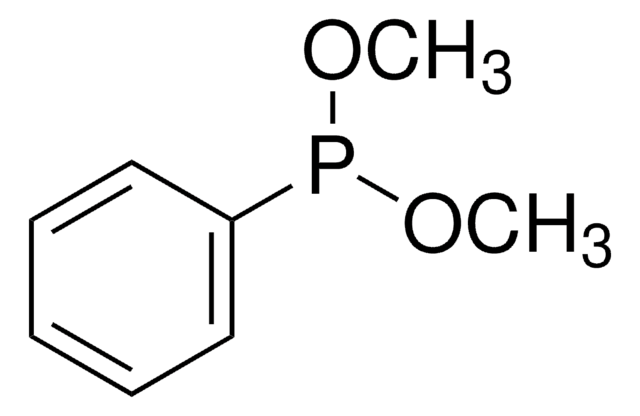All Photos(4)
About This Item
Linear Formula:
LiBr
CAS Number:
Molecular Weight:
86.85
EC Number:
MDL number:
UNSPSC Code:
12352302
PubChem Substance ID:
NACRES:
NA.21
assay:
≥99%
grade:
reagent
form:
powder
Recommended Products
grade
reagent
vapor pressure
1 hPa ( 748 °C)
product line
ReagentPlus®
assay
≥99%
form
powder
pH
7 (20 °C, 10 g/L)
mp
550 °C (lit.)
SMILES string
[Li+].[Br-]
InChI
1S/BrH.Li/h1H;/q;+1/p-1
InChI key
AMXOYNBUYSYVKV-UHFFFAOYSA-M
Looking for similar products? Visit Product Comparison Guide
General description
LiBr/Chlorotrimethylsilane reagent participates in the conversion of alcohols to bromides.
Application
Lithium bromide (LiBr) may be employed as a catalyst in the following studies:
- Transformation of (aromatic- and α,β-unsaturated) aldehydes to dithioacetals via solvent-free dithioacetalization.
- Synthesis of olefins via condensation reaction of carbonyl compounds with active methylene compounds.
- Green synthesis of β-amino alcohols.
- Chemo- and regioselective bromination of aromatic compounds was carried out by employing LiBr/ceric ammonium nitrate (CAN) reagent system (as a source of Br+ ion).
Other Notes
Legal Information
ReagentPlus is a registered trademark of Merck KGaA, Darmstadt, Germany
Redi-Dri is a trademark of Sigma-Aldrich Co. LLC
signalword
Warning
hcodes
Hazard Classifications
Acute Tox. 4 Oral - Eye Irrit. 2 - Skin Irrit. 2 - Skin Sens. 1
Storage Class
13 - Non Combustible Solids
wgk_germany
WGK 1
flash_point_f
Not applicable
flash_point_c
Not applicable
Choose from one of the most recent versions:
Already Own This Product?
Find documentation for the products that you have recently purchased in the Document Library.
Customers Also Viewed
Lithium Bromide, an Inexpensive and Efficient Catalyst for Opening of Epoxide Rings by Amines at Room Temperature under Solvent-Free Condition.
Chakraborti AK, et al.
European Journal of Organic Chemistry, 2004(17), 3597-3600 (2004)
An efficient chemo and regioselective oxidative nuclear bromination of activated aromatic compounds using lithium bromide and ceric ammonium nitrate.
Roy SC, et al.
Tetrahedron Letters, 42(39), 6941-6942 (2001)
Lithium bromide-catalyzed highly chemoselective and efficient dithioacetalization of α,β-unsaturated and aromatic aldehydes under solvent-free conditions.
Firouzabadi H, et al.
Synthesis, 58-60 (1999)
Lithium bromide as a new catalyst for carbon-carbon bond formation in the solid state.
Prajapati D, et al.
Journal of the Chemical Society. Perkin Transactions 1, 9, 959-960 (1996)
R Quaderer et al.
Organic letters, 3(20), 3181-3184 (2001-09-28)
[reaction: see text] The alkanesulfonamide "safety-catch" resin has proven useful for Fmoc-based synthesis of C-terminal peptide thioesters. We now report that the yield of isolated thioester can increase significantly when the cleavage reaction is carried out in 2 M LiBr/THF
Our team of scientists has experience in all areas of research including Life Science, Material Science, Chemical Synthesis, Chromatography, Analytical and many others.
Contact Technical Service





